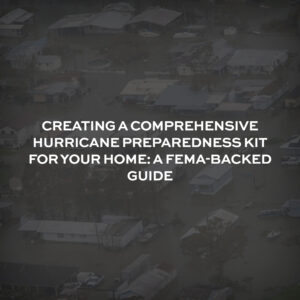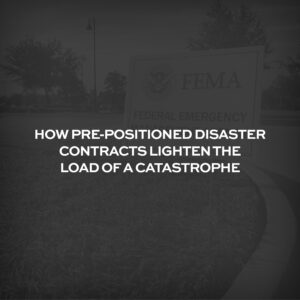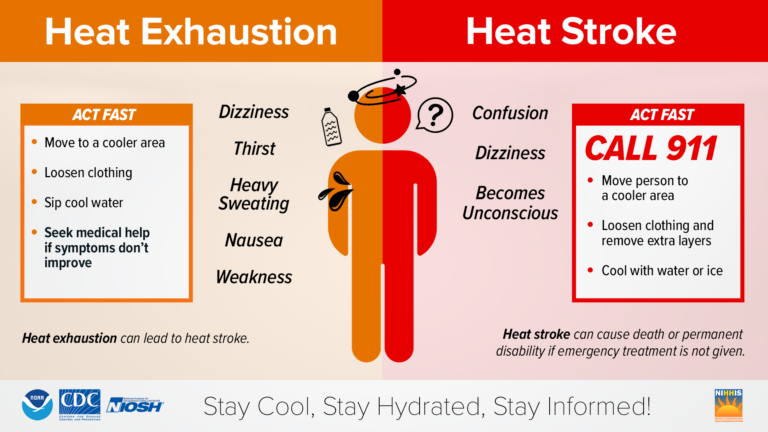
Stay Cool and Beat the Heat
As temperatures rise, it’s important to stay cool to protect yourself from the dangers of heat exhuastion. We have compiled tips from the Wet Bulb Globe Temperature (WBGT) Policy and the Occupational Safety and Health Administration’s (OSHA) National Emphasis on Heat, which aim to enhance heat safety standards.
What is Heat Illness?
Heat Illness refers to the array of heat related health complications that arise from over-exposure to heat, especially when performing strenuous activities. Heat Illnesses include: heat cramps, heat exhaustion, heat syncope, and heat stroke.
Essential Safety Tips for Hot Weather
Stay Hydrated
Drinking enough water is crucial to maintaining a healthy body temperature. Hydration helps your body regulate heat and prevents dehydration. Remember to drink water regularly, even if you don’t feel thirsty. Avoid excessive intake of caffeine and alcohol as they can lead to dehydration.
Dress Appropriately
Wearing loose-fitting, lightweight, and breathable clothing can make a significant difference in staying cool. Opt for light-colored outfits that reflect the sun’s rays instead of absorbing them. Additionally, don’t forget to wear a wide-brimmed hat and sunglasses to protect your face and eyes from direct sunlight.
Seek Shade
When the sun is at its peak, it’s wise to seek shade whenever possible. Shade provides respite from direct sunlight and can help lower the overall temperature around you. If you’re spending time outdoors, look for trees, umbrellas, or canopies to create your own shade.
Take Regular Breaks
Engaging in strenuous activities for prolonged periods in high temperatures can put you at risk of heat-related illnesses. Ensure you take frequent breaks, especially during peak heat hours. Use these breaks to rest in a cool and shaded area and allow your body to recover.
Acclimate Gradually
If you’re not accustomed to hot weather, it’s essential to acclimate your body gradually. Sudden exposure to extreme heat can be overwhelming and increase the risk of heat stress. Begin by spending shorter amounts of time in the heat and gradually increase exposure over several days to help your body adjust.
Check on Vulnerable Individuals
During hot weather, it’s crucial to check on the well-being of vulnerable individuals such as children, the elderly, and those with chronic illnesses. They are more susceptible to heat-related complications and may require additional assistance. Offer support and help them stay cool and hydrated.
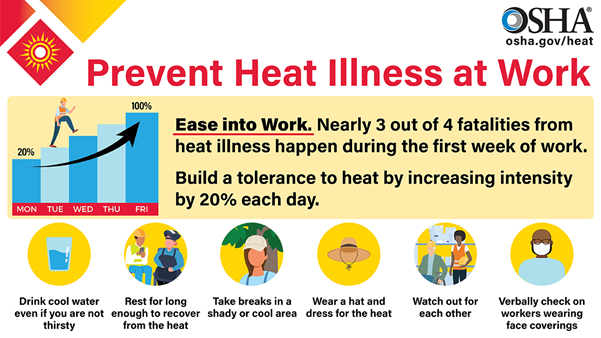
Know the OSHA National Emphasis on Heat Guidelines
OSHA has placed significant importance on heat safety, issuing guidelines and recommendations to protect workers from heat-related hazards. Familiarize yourself with these guidelines, especially if you work in industries that expose you to high temperatures. Understanding your rights and employer responsibilities can help ensure a safe working environment.
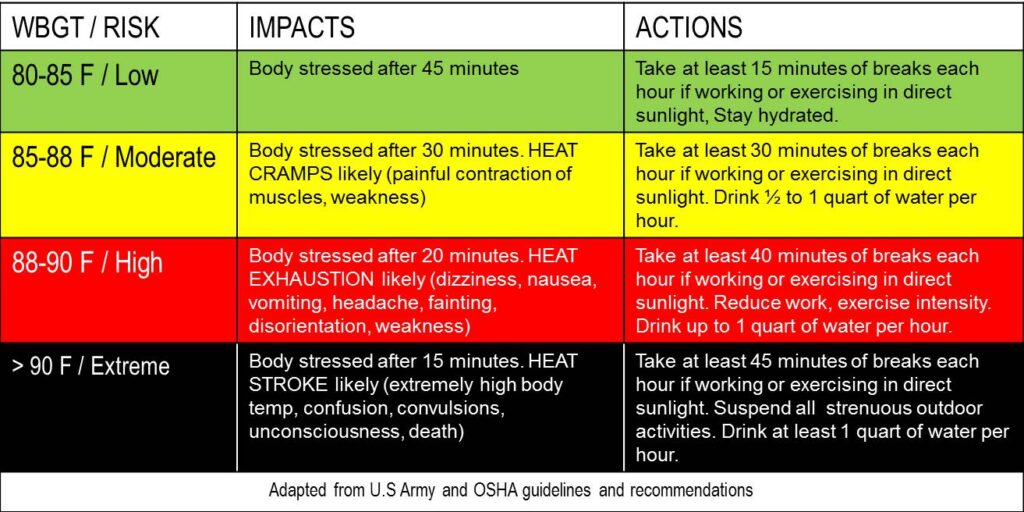
Monitor the Wet Bulb Globe Temperature (WBGT)
The Wet Bulb Globe Temperature (WBGT) is a useful metric used to evaluate the risk of heat-related illnesses. It takes into account factors such as temperature, humidity, wind speed, and solar radiation. Stay informed about the WBGT readings in your area, especially if you work or exercise outdoors. Adjust your activities accordingly to minimize risk.
Wet Bulb Globe Temperature vs Heat Index
While the WBGT and Heat Index both attempt to describe how “hot” it is and the potential for heat related stresses, they go about it in different ways.
► Heat Index is more commonly used and understood by the general public – the higher the values the hotter it’s going to feel and the higher the threat for heat related illnesses. It’s calculated from the temperature and relative humidity. What’s not commonly known is that Heat Index assumes you are in the shade.
► WBGT also uses the temperature and humidity in its calculation, but temperatures are measured in direct sunshine. It also factors in wind speed, sun angle, and cloud cover.
Bottom-line upfront >>>> what value should you use? For day-to-day activities, heat index will serve you well. If you work outside or plan on any sort of vigorous outdoor activity in the full sun, use the WBGT.

